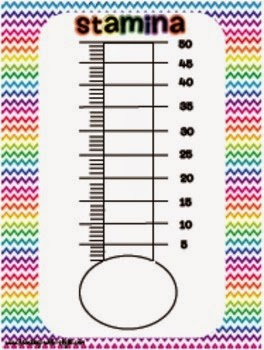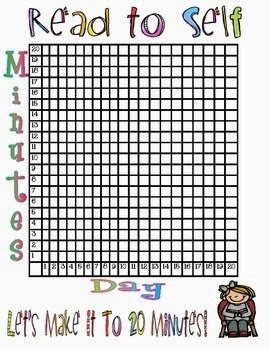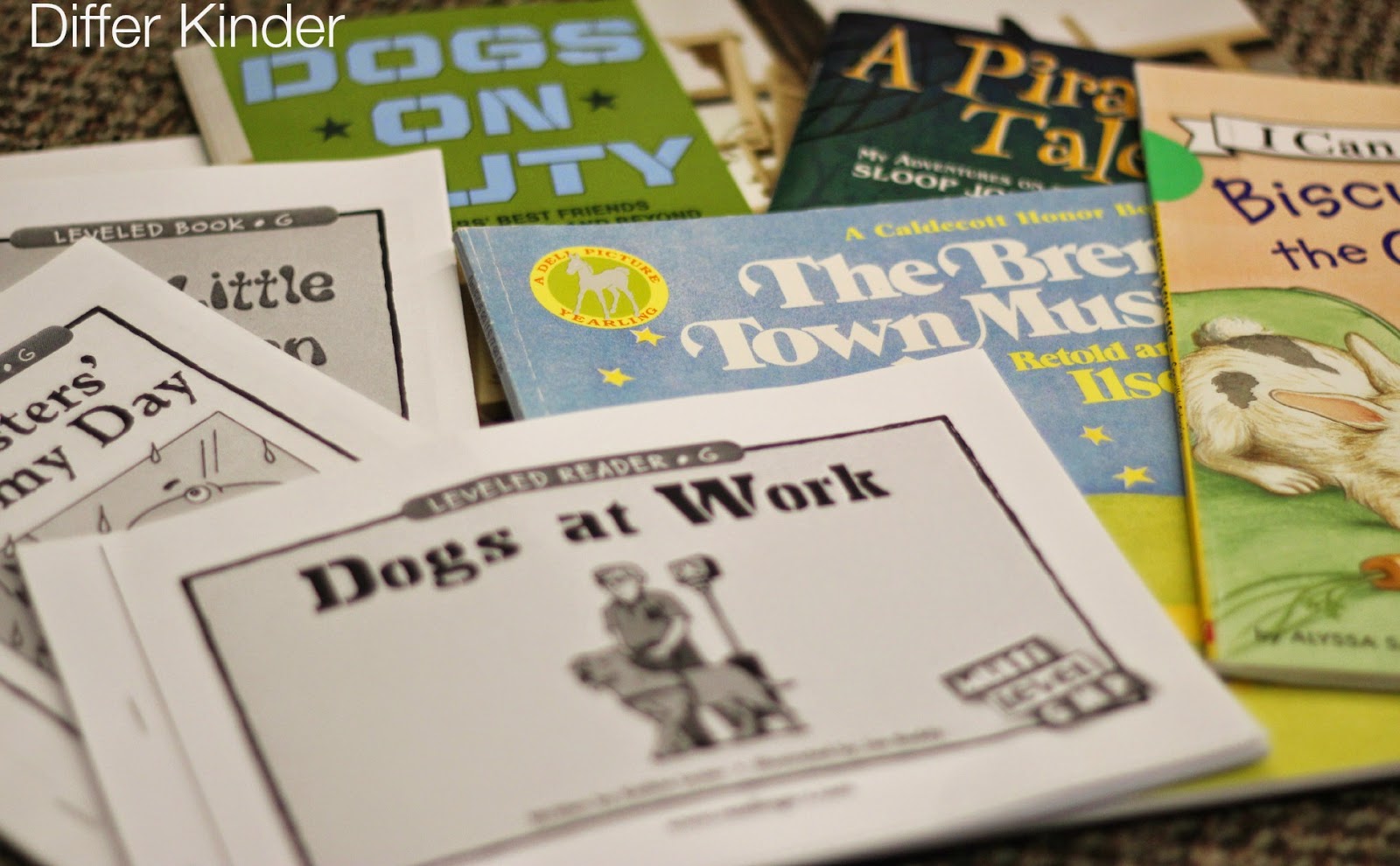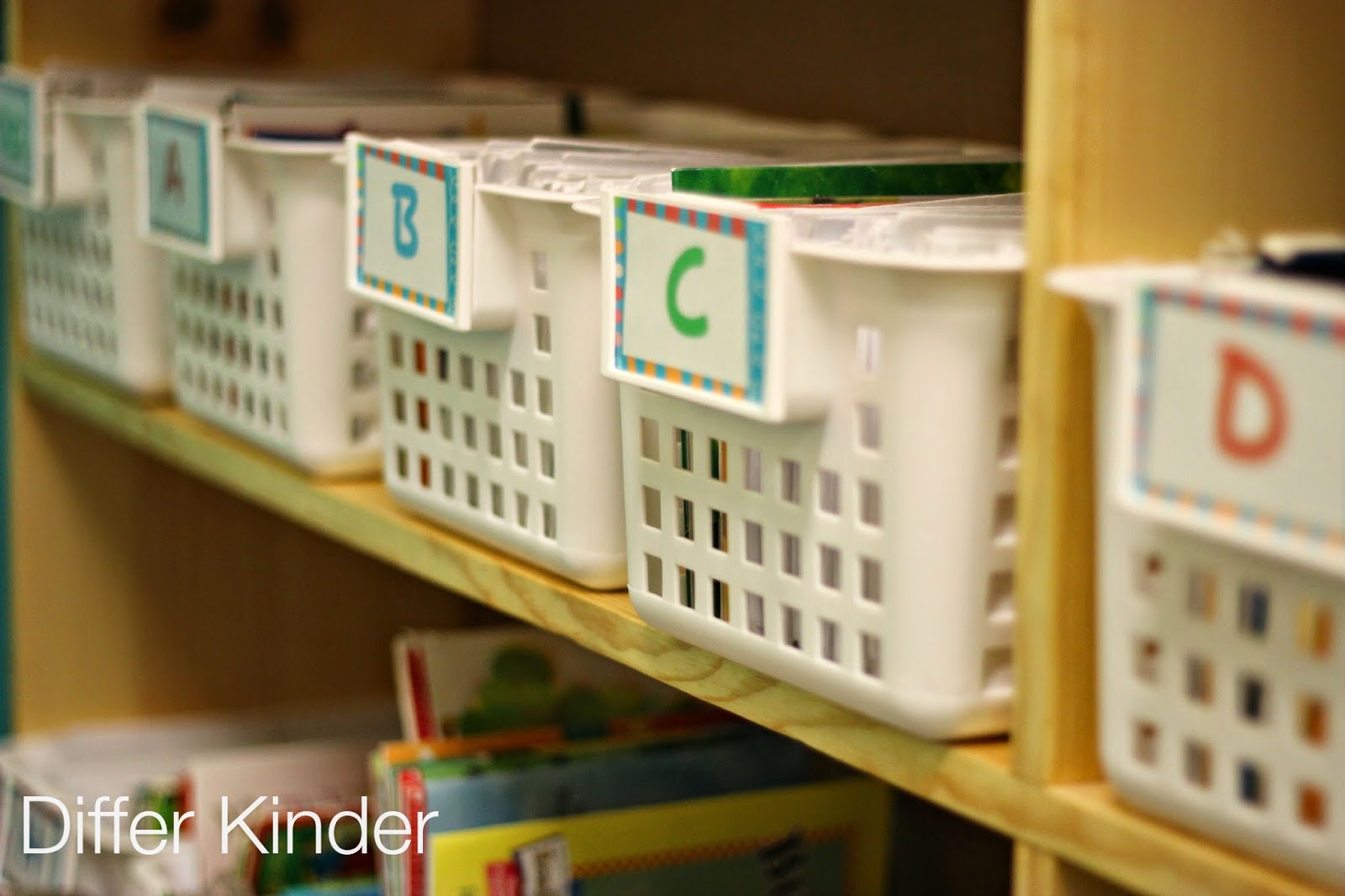Ok, so we are ready to get into the thick of things with Chapter 3 and 4 this week. I hope everyone has their book by now and is ready. But if not, the beauty of Daily 5 2ndEdition is that it is a VERY easy read and you can catch up quickly even if you don’t have your book yet.
- Read the whole time
- Stay in one spot
- Get started right away
- Work quietly
- Build stamina
 |
| Teaching with Style’s Stamina Chart |
 |
| Teacher Toolkit’s Stamina Chart |
 |
| And Freebielicious’ very own Mel D from Suesstastic |
 |
| You can click on the picture of the timer to get one of your own. |
- greater classroom management when your students are close
- the ability to use partners for deeper thinking and accountability
- the ability to avoid distractions that come from desks
Chapter 1: Introduction
Chapter 2: From Management to Principled Habits
Chapter 3: What’s the Difference: Key Materials, Concepts, and Routines for Launching Daily 5
Chapter 4: Read To Self
Chapter 5: Listen to Reading
Chapter 6: Work on Writing and Word Work
and this one on setting up your kindergarten classroom for Daily 5 HERE!




















Marsha, I love your book boxes! Could you share where you got them? Trac
Trac, just click on the picture of the boxes and it will take you to the link.
Marsha
This comment has been removed by the author.
Marsha, I had never considered not having a seating chart for my kinders until I read about their classroom design, and now I read about it in your blog. I may give it a shot this year. Any tips? Do you need to split up kids often?
Love a visual timer! (and your little one on the carpet is just too cute!)
Jennifer
First Grade Blue SKies
I have had a Promethean board in my classroom for 5 years. I love it. I made my I charts on the board and then printed out slides of the screens to hang up around the room. It worked great! I have done Daily 5 with 2nd graders and can’t wait to try it out with my minders!
Thanks for allowing me to link up! I love the idea of putting leveled readers in their book boxes. I am not sure why I haven’t done that in the past.
Stacey
Teaching Ever After
I love the way you organized your library with numbers on the back so the books get put back in the correct place. Question–how often do kids exchange the books in their book boxes? Do they exchange one or two or all?
Just came across your blog! I’m adding you to my blog roll. I am definitely ordering the new Daily 5 book and giving it a read this summer. I’ve never used Daily 5 in Kinder but we are now required to do small group reading instruction so I’d like to give it a go. I just posted yesterday about small group reading instruction so I’m really glad I came across so many links to this book study!
KT
http://www.sneakerteacher.blogspot.com
I had a student with lice this year for the first time and it makes you rethink everything, including any seat sacks, stuffed animals, puppets, earphones, etc. My motto is better safe than sorry:)